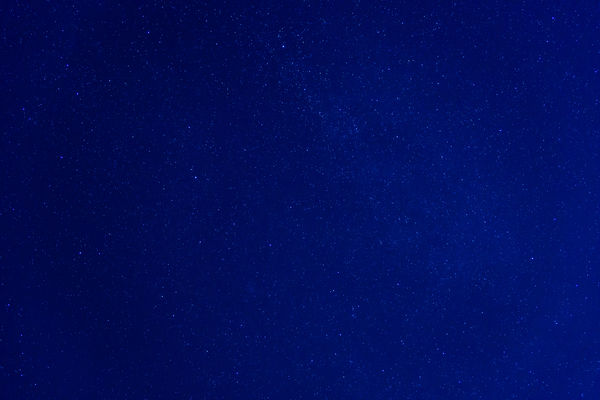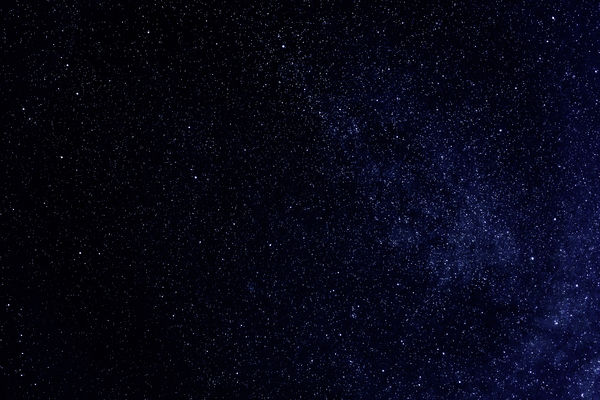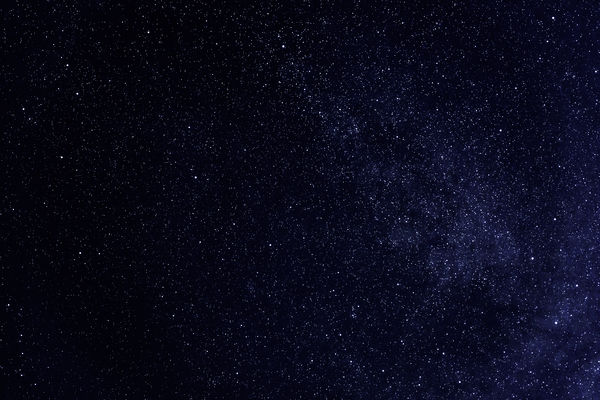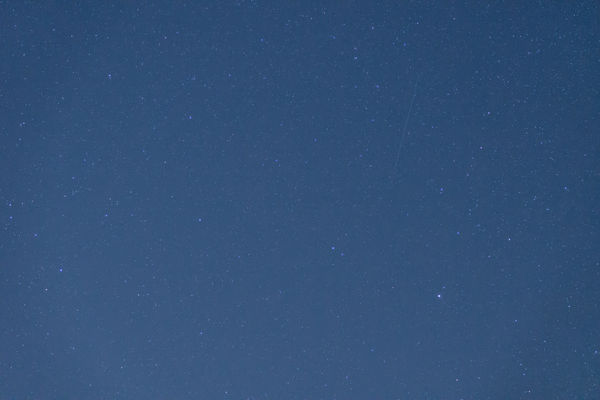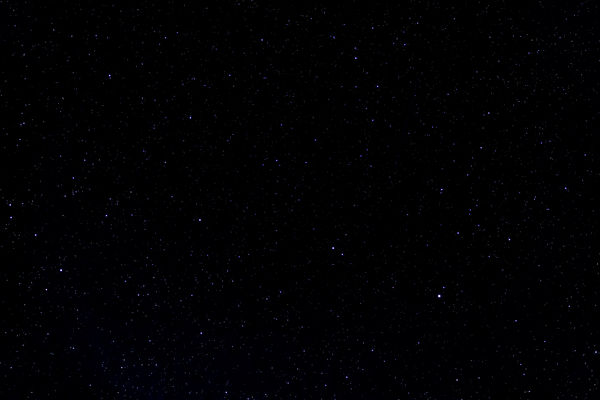A post processing exercise tonight
Oct 29, 2015 02:03:19 #
I was doing some testing with a Minolta 35-70mm f4 lens and did some shooting at 35mm and 70mm and several different f-stop settings. Found out that this 30 year old lens is actually quite excellent and has very little distortion (neither coma nor astigmatism) and the results were quite good.
I decided to take a 70mm image shot for 30 sec at ISO 1600 and show 3 steps of processing.
#1 is the original image with very little processing in Lightroom.
#2 is the image after pushing it hard including a trip to NIK's Vivenza 2.
#3 is after a trip to Star Tools.
I used a full frame Sony A99. The shot was aimed between Altair and Deneb and you can see the edge of the Milky Way.
I decided to take a 70mm image shot for 30 sec at ISO 1600 and show 3 steps of processing.
#1 is the original image with very little processing in Lightroom.
#2 is the image after pushing it hard including a trip to NIK's Vivenza 2.
#3 is after a trip to Star Tools.
I used a full frame Sony A99. The shot was aimed between Altair and Deneb and you can see the edge of the Milky Way.
Oct 29, 2015 15:12:28 #
JimH123 wrote:
I was doing some testing with a Minolta 35-70mm f4... (show quote)
I do of course like what Star Tools did for your stars but why can't I figure out how to do just that simple little process.
Craig
Oct 29, 2015 20:53:35 #
CraigFair wrote:
I do of course like what Star Tools did for your stars but why can't I figure out how to do just that simple little process.
Craig
Craig
Here are some tips. Before you star, you want an image that it is not going to have problems identifying stars. I am not good at this with nebula and galaxies, so what I am giving you is for stars.
A. I fix noise and sharpen before using Star Tools. This may be different for nebula and galaxies, but for stars only, it works really good.
B. Work on stretching the image so the stars stand out and the sky is darker. Star Tools can do this on its own, but I am finding this works good.
Once the image is the best you can make, proceed to Star Tools:
1. Open Star Tools
2a. Open the file you want to work on. Must be FITs or TIFF format. I find that a TIF file I save in NIK Tools doesn't open, but if I load the same file into Lightroom and export as a TIF file, its happy with it.
2b. It wants to know the type of Data. Only some cameras do non-bayered. And if you have stretched the image previously, pick modified and not linear.
2c. Reverse Stretch - pick Don't activate tracking while learning.
3a. At the top, pick Mask.
3b. At the top, pick Auto.
3c. At the top, pick Stars, then Do, and wait for it to filter.
3d. At the top, Keep
4a. On the left side, pick Repair
4b. At the bottom, change Warp to "Redistribute, Core is Avg Location"
4c. At the top, Press Do and wait while it heals and modifies stars.
5a. At the top, press Keep
5b. At the top, press save and give it whatever name you want.
And if all has gone right, you should end up with perfect looking stars.
Good luck
Oct 29, 2015 22:27:50 #
JimH123 wrote:
Here are some tips. Before you star, you want an ... (show quote)
Thank you very much Jim H. I'll give this a try and hope for the best.
I'll send myself a PM with a copy so I don't loose this again.
Craig
Oct 30, 2015 00:25:35 #
I am going to post another before and after that I did tonight. I did this one without tracking. Took out my regular tripod and aimed at Polaris since I could shoot longer there than in any other direction. In this image, Polaris is in the middle of the bottom right quadrant.
I am using a Minolta 100mm f2.8 lens macro. It so happens that macro lenses are fabulous lenses for doing star images. They are made with a really flat field and it really shows.
Here is a review by Ken Rockwell on this lens. But it is not just this lens. There are other macro lenses out there and the predominant option is that they have almost no distortion.
http://www.kenrockwell.com/minolta/maxxum/100mm-f28.htm
This shot is 8 sec at f3.5 with an ISO of 6400 and shot using a full frame Sony A99. In the before image, you can see very little coma or astigmatism.
The after shot is after I took it to Photoshop and stretched the image quite a bit. And then I used Star Tools again to make the stars round.
I am using a Minolta 100mm f2.8 lens macro. It so happens that macro lenses are fabulous lenses for doing star images. They are made with a really flat field and it really shows.
Here is a review by Ken Rockwell on this lens. But it is not just this lens. There are other macro lenses out there and the predominant option is that they have almost no distortion.
http://www.kenrockwell.com/minolta/maxxum/100mm-f28.htm
This shot is 8 sec at f3.5 with an ISO of 6400 and shot using a full frame Sony A99. In the before image, you can see very little coma or astigmatism.
The after shot is after I took it to Photoshop and stretched the image quite a bit. And then I used Star Tools again to make the stars round.
Oct 30, 2015 10:59:37 #
CraigFair wrote:
Thank you very much Jim H. I'll give this a try and hope for the best.
I'll send myself a PM with a copy so I don't loose this again.
Craig
I'll send myself a PM with a copy so I don't loose this again.
Craig
Be sure to post an example of your Star Tools experience.
Oct 30, 2015 12:50:43 #
JimH123 wrote:
Be sure to post an example of your Star Tools experience.
It did a wonderful job until it said I have to pay for it before it will Save my Image. :lol: :lol:
I guess I have to get it together and buy it.
Craig
Oct 30, 2015 13:34:50 #
CraigFair wrote:
It did a wonderful job until it said I have to pay for it before it will Save my Image. :lol: :lol:
I guess I have to get it together and buy it.
Craig
I guess I have to get it together and buy it.
Craig
Either that, or settle for saved screen shots!
If you want to reply, then register here. Registration is free and your account is created instantly, so you can post right away.

